About
This comprehensive course is designed for developers who want to build cutting-edge mobile applications using Flutter and integrate machine learning (ML) to enable real-time object detection. You’ll start with the basics of Flutter, mastering UI design, camera integration, and state management. The course gradually introduces core machine learning concepts, guiding you through using pre-trained models, TensorFlow Lite, and advanced topics like real-time object detection and model optimization.
Whether you’re looking to develop innovative apps that incorporate computer vision or just want to enhance your Flutter skills, this course offers hands-on experience and practical knowledge. You’ll learn how to use ML models to perform real-time object detection, optimize their performance for mobile, and apply custom models for specific tasks—all while building real-world mobile apps.
Who Can Do This Course?
This course is designed for a wide range of learners, including:
- B.Tech (Computer Science) students: Those who need to submit summer or winter training projects to their college and want to strengthen their understanding of mobile development and machine learning.
- BCA and MCA students: Aspiring developers looking to integrate Flutter and machine learning concepts into their projects and academic requirements.
- Any degree holders: Whether you have a background in engineering, IT, or any technical field, this course will help you leverage your existing programming knowledge and take it to the next level.
- Enthusiastic learners: Anyone with basic knowledge of programming and mobile app development, especially in Flutter, can join. Even kids or young learners with a passion for coding and a solid foundation in Flutter are welcome!
This course bridges the gap between mobile app development and machine learning, making it accessible and beneficial to various educational backgrounds and experience levels.
Preview
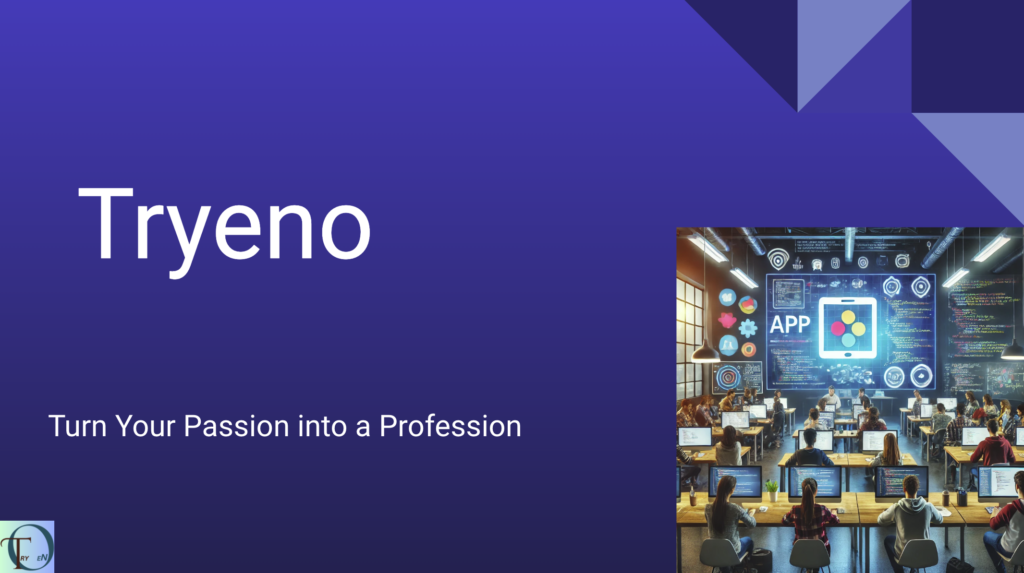
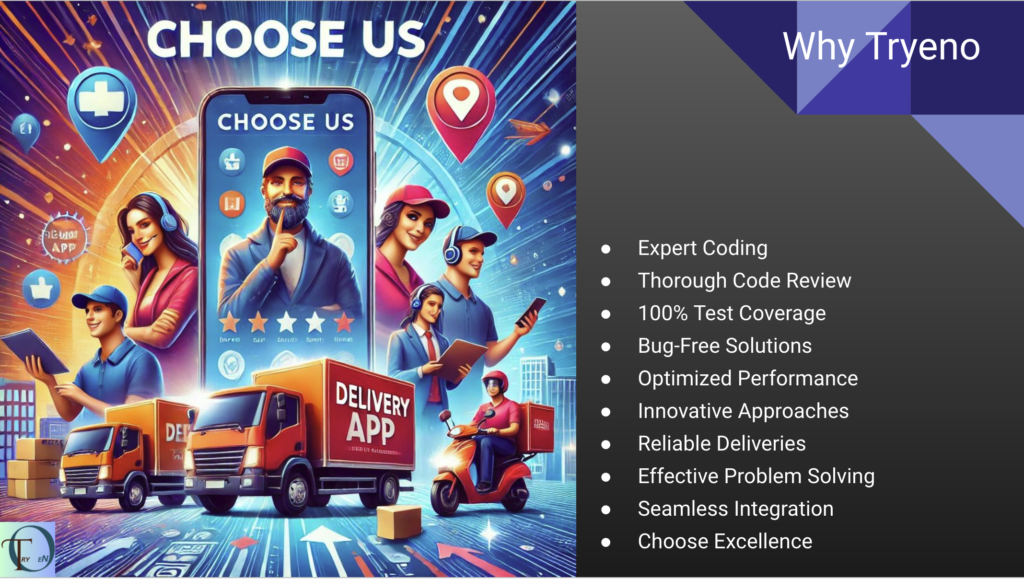

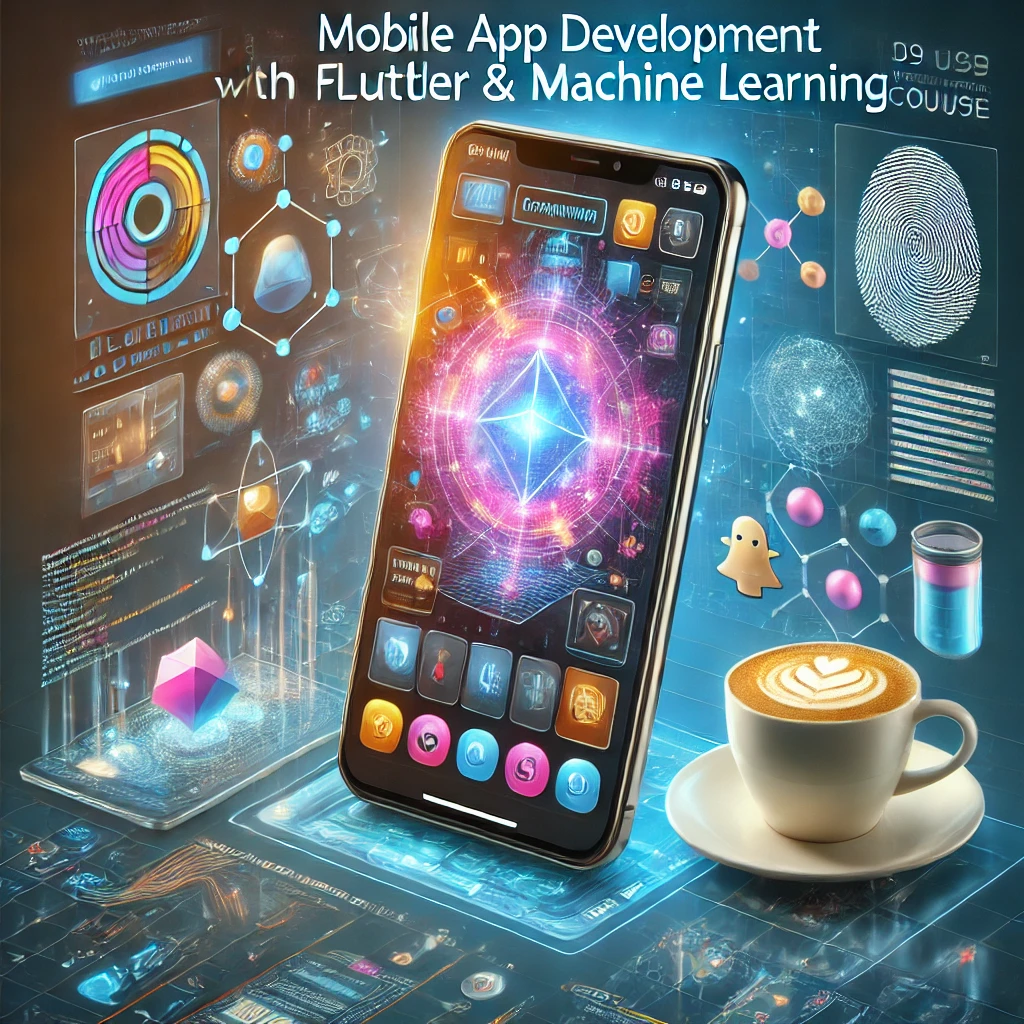



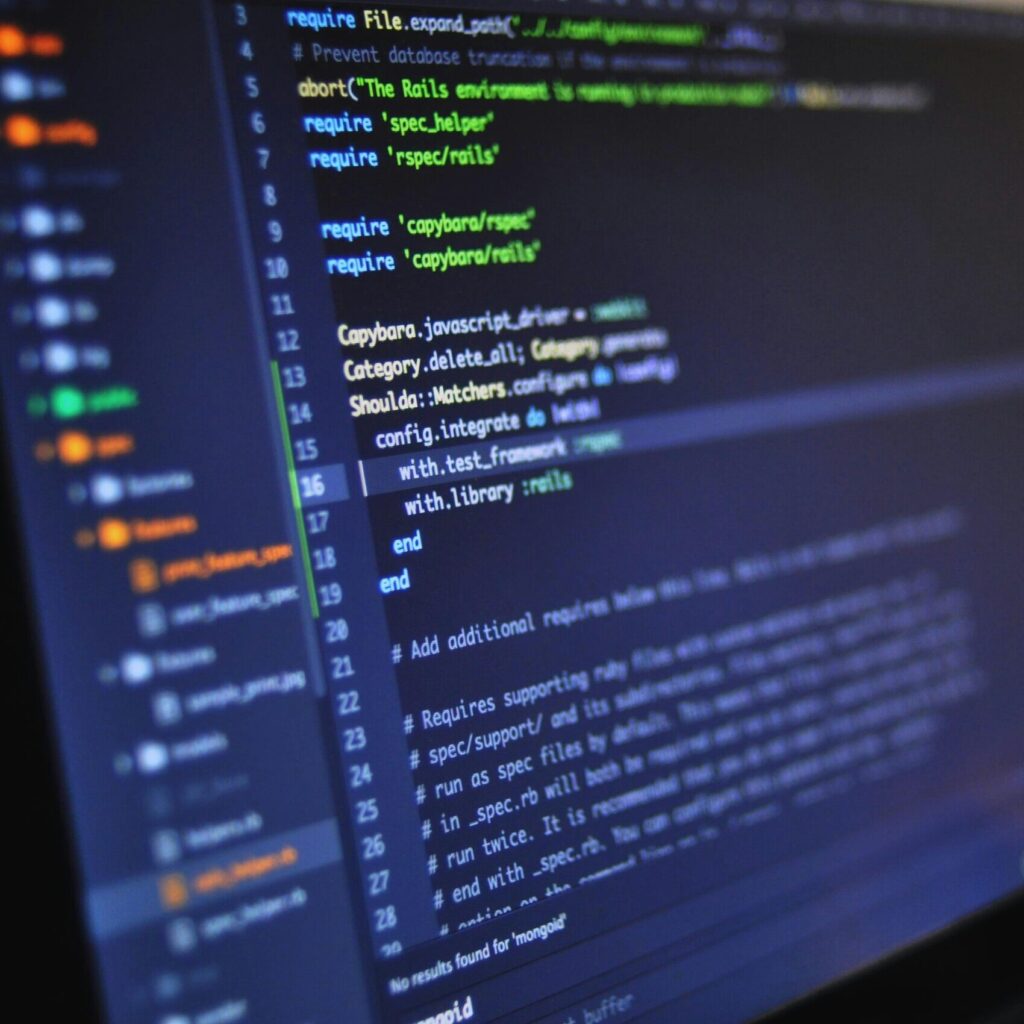
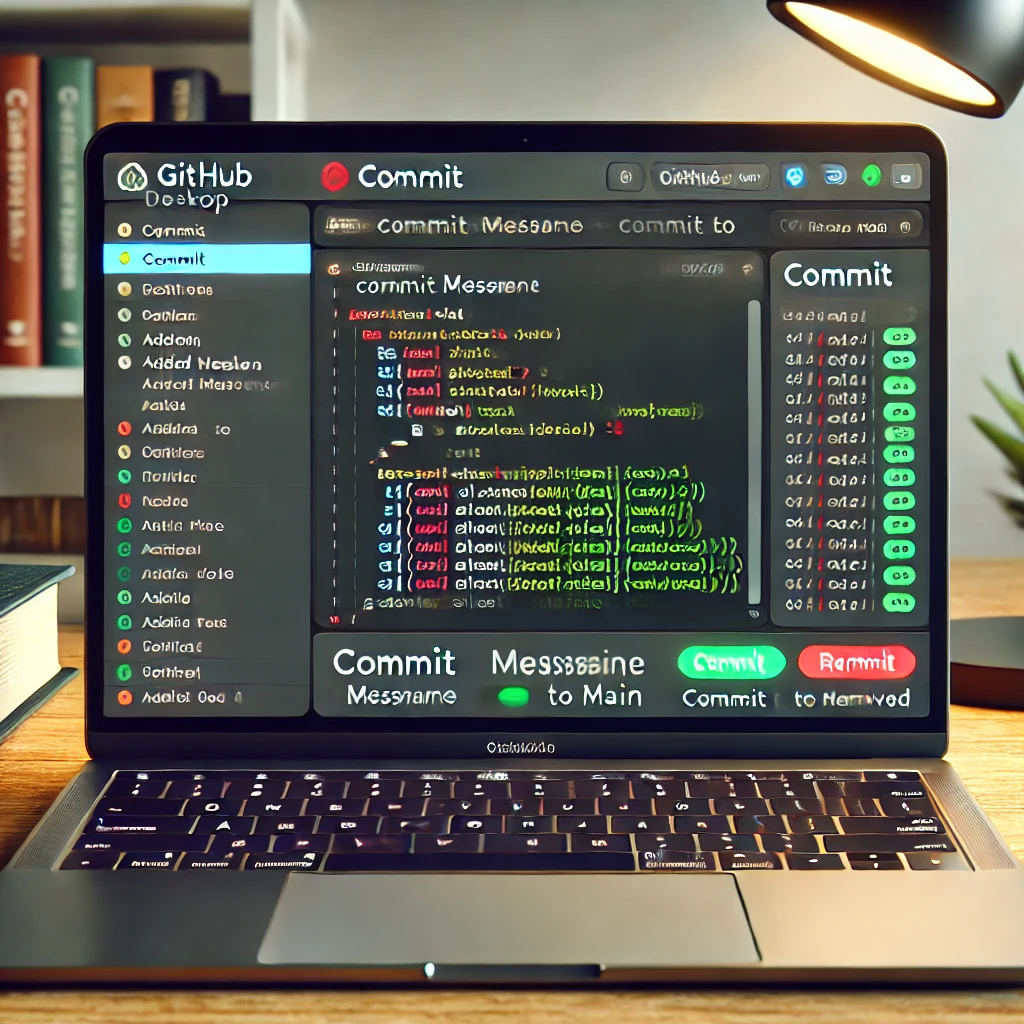
Demo
Free demo for 30 minutes.
Admission Fee
Free
Time & Fee Structure
The course will run for 3 month, with classes held two times a week, each class lasting one hour
Fee : Contact for Fee Details
Payment Details
Installment – 50% on admission time and remaining 50% at middle of course.
Full – 5% discount will be provided for one-time payments.
Special Benefits
- Two times throughout the course, an engineer from Japan with 12 years of experience in mobile development will join three classes to provide motivation, answer questions, and offer free advice on any kind of career-related questions.
- For weaker students, extra classes can be provided.
- WhatsApp group will be provided for QA.
Training Method
– Online class via google meet.
– Our training course uses live coding online and idea to teach you the course.
– We show examples and run them live on the console.
– You’ll get homework for practice and work on real projects to build your confidence.
Training Material
Code file will be shared.
How to apply
- via whatsapp group
- via call 8858893462
- via email dnm.dpm@gmail.com
Advantages of This Course:
- Comprehensive Learning Path: Covers mobile app development basics with Flutter and progressively integrates machine learning concepts and hands-on projects.
- Hands-On Projects: Build real-time object detection apps using camera streams and TensorFlow Lite models to apply ML in practical scenarios.
- Flutter and ML Synergy: Learn how to effectively combine Flutter’s cross-platform power with ML’s transformative capabilities to create high-performance apps.
- Custom Model Implementation: Learn how to use transfer learning to train custom models and deploy them in your mobile applications.
- Performance Optimization: Understand how to optimize machine learning models for mobile devices to ensure smooth real-time performance.
- Real-World Skills: Gain skills in image classification, object detection, and real-time data processing that are in high demand in the tech industry.
- Expert Guidance: Get support and feedback from experienced instructors with a focus on both mobile development and machine learning.
- Portfolio-Ready Projects: By the end of the course, you will have built at least one fully-functional real-time detection app that you can showcase in your portfolio.
What You Can Do After the Course:
After completing this course, you will be equipped to:
- Build advanced mobile applications using Flutter for Android and iOS platforms.
- Integrate machine learning into mobile apps for tasks like image classification and object detection.
- Use TensorFlow Lite to deploy pre-trained ML models on mobile devices and optimize them for performance.
- Develop real-time object detection apps that use camera input and live data processing.
- Create custom ML models using transfer learning and integrate them into mobile applications.
- Design and implement apps that utilize computer vision to perform tasks like face recognition, barcode scanning, and more.
- Work as a Flutter developer with machine learning expertise, contributing to innovative mobile projects in industries like healthcare, retail, and smart home technology.
This course prepares you for careers in mobile development, app innovation, and machine learning applied to mobile platforms.
Schedule
Phase 1: Introduction to Flutter & Camera Integration (Weeks 1–4)
Week 1: Flutter Setup and Basics
Class 1: Introduction to Flutter and Mobile Development
- Overview of mobile development and Flutter framework.
- Why Flutter is popular for cross-platform development.
- Installing Flutter SDK and setting up Android Studio/VSCode.
- Creating your first simple Flutter app.
Class 2: Dart Language Basics and Core Widgets
- Introduction to Dart (variables, functions, control flow).
- Understanding Flutter widgets (Stateless and Stateful widgets).
- Using basic widgets (
Scaffold,Text,Container,Column,Row).
Week 2: Layouts and Interactivity
Class 3: Working with Layouts
- Creating complex layouts using
Stack,ListView, andGridView. - Introduction to handling user input with
TextFieldand buttons. - Understanding Flutter’s hot reload and hot restart features.
Class 4: Handling State and Navigation
- Managing app state with Stateful widgets and
setState. - Basics of app navigation with Flutter’s
Navigator.
Week 3: Camera Integration in Flutter
Class 5: Adding Camera Functionality
- Introduction to using the camera in Flutter.
- Installing and configuring the
cameraplugin. - Capturing photos using the camera.
Class 6: Streaming Live Camera Feed
- Displaying live camera feed in Flutter.
- Handling camera stream data.
Week 4: Image Handling and Preprocessing
Class 7: Handling Images and Media
- Loading images from the gallery.
- Resizing and compressing images for optimized performance.
Class 8: Preprocessing Camera Input for ML
- Image preprocessing techniques for machine learning.
- Understanding image formats, resizing, and normalization.
Phase 2: Machine Learning Concepts & TensorFlow Lite Introduction (Weeks 5–7)
Week 5: Introduction to Machine Learning
Class 9: Introduction to Machine Learning Concepts
- What is machine learning?
- Supervised vs. unsupervised learning.
- Key ML concepts: features, labels, training, testing, and validation.
- Overview of deep learning and neural networks.
Class 10: Machine Learning in Mobile Applications
- How machine learning can be applied to mobile applications.
- Overview of ML models used on mobile devices (image classification, object detection, face recognition).
Week 6: TensorFlow and TensorFlow Lite (TFLite)
Class 11: Introduction to TensorFlow and TensorFlow Lite
- What is TensorFlow?
- The role of TensorFlow Lite for mobile ML.
- Installing and setting up the
tfliteplugin in Flutter.
Class 12: Loading and Running Pre-trained Models
- How to use pre-trained models in mobile applications.
- Loading pre-trained models (e.g., MobileNet) into your Flutter project.
- Introduction to TensorFlow Lite’s model optimization for mobile.
Week 7: Basics of Image Classification
Class 13: Running Image Classification Models
- Using TensorFlow Lite to run image classification models.
- How image classification works: input, processing, and output.
- Using
runModelOnImage()to perform image classification on a photo.
Class 14: Displaying Classification Results
- Understanding the output of an ML model (label, confidence score).
- How to display classification results in the UI.
Phase 3: Real-Time Object Detection and ML Techniques for Mobile (Weeks 8–11)
Week 8: Object Detection Basics
Class 15: Introduction to Object Detection
- What is object detection?
- Difference between object detection and image classification.
- Understanding bounding boxes and confidence scores.
Class 16: Running Object Detection on Images
- Using a pre-trained object detection model (e.g., SSD MobileNet) for detecting objects in still images.
- Displaying bounding boxes and labels on detected objects.
Assignment: Detect objects in a still image and draw bounding boxes around them.
Week 9: Real-Time Object Detection
Class 17: Real-Time Object Detection on Live Camera Feed
- Implementing real-time object detection with live camera streaming.
- Running
runModelOnFrame()for real-time detection.
Assignment: Implement object detection in live camera feed and display results dynamically.
Class 18: Displaying Real-Time Detection Results
- How to efficiently display real-time detection results (bounding boxes, labels).
- Optimizing detection speed for real-time performance.
Assignment: Display real-time object detection results on the app screen, including bounding boxes and labels.
Week 10: Transfer Learning and Custom Models
Class 19: Introduction to Transfer Learning
- What is transfer learning and how it can be used in mobile ML.
- Training custom models on a small dataset using transfer learning.
Assignment: Research and explain how transfer learning can be applied to build custom ML models.
Class 20: Using Custom Trained Models in Flutter
- Loading and running custom-trained TensorFlow Lite models.
- How to convert TensorFlow models to TFLite models for mobile use.
Week 11: Optimizing ML Models for Mobile
Class 21: Optimizing ML Models for Performance
- Techniques for optimizing ML models for mobile (quantization, pruning).
- Understanding the trade-offs between model accuracy and speed.
Class 22: Reducing Latency in Real-Time Detection
- Strategies for improving the performance of real-time object detection.
- Implementing frame skipping, multi-threading, and model compression to reduce latency.
Phase 4: Project and Performance Optimization (Weeks 12–13)
Week 12: Final Project Development
Class 23: Building the Final Real-Time Detection App
- Start building your final real-time object detection app.
- Implement all learned concepts: camera integration, object detection, and ML model optimization.
Class 24: Adding Additional Features to the App
- Add extra features to your app (e.g., saving detection results, allowing users to switch models).
Week 13: Project Presentation and Final Touches
Class 25: Project Presentation and Feedback
- Present your final project to the class.
- Receive feedback from peers and instructors.
Class 26: Final Touches and Course Wrap-up
- Final code review and improvements.
- Wrap-up of the course and further learning resources in ML and Flutter.


